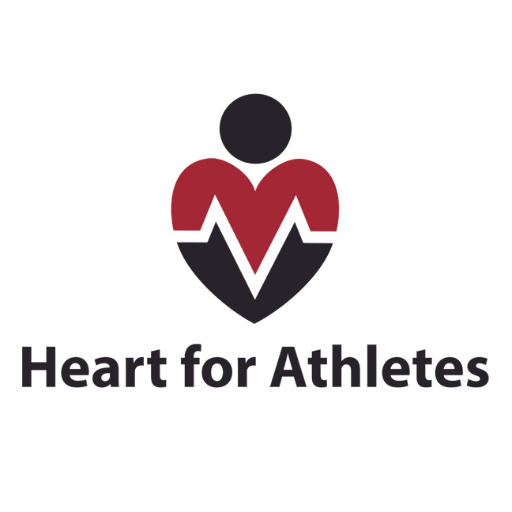About Us

The Story Behind Heart for Athletes
Heart for Athletes is a 501(c)(3) Charitable Trust, which was started in 2014 in Daphne, AL. In 2013, at the age of 16, Sam was a seemingly healthy elite triathlete who unexpectedly suffered from and survived a sudden cardiac arrest (SCA). 23,000 youth die each year from SCA. Heart for Athletes is on a mission to eliminate preventable deaths in our youth from SCA by providing heart screenings for our youth and helping our community prepare for cardiac emergencies through CPR and AED training.
Our Mission is Two-Fold
350,000 people die in the US each year from SCA. But adults are not the only ones affected – at least 23,000 youth are also lost each year from this devasting condition. Heart for Athletes is dedicated to eliminating preventable deaths from SCA in our youth.
Lives can be saved in one of two ways. Electrocardiograms (EKGs) can detect heart conditions that put youth at risk for SCA. This form of primary prevention allows us to detect the heart condition before an SCA event occurs. Emergency planning and preparation in the form of AED and CPR awareness and education allow bystanders to respond quickly and appropriately to SCA when it is witnessed. Secondary awareness empowers the people who witness an SCA with the knowledge and equipment they need to save a life.
Heart for Athletes is committed to providing EKG testing to the youth in Alabama and providing AED and CPR educational resources to prepare our schools, parks, recreational areas and businesses for cardiac emergencies.
Together, we can save lives from sudden cardiac arrest (SCA).
EKG Screenings
Statistically, 1 in every 300 youth have an undiagnosed heart condition that puts them at risk for sudden cardiac arrest (SCA). Through our heart screening events, the EKG test that Heart for Athletes provides can make families aware of a problem so that the child can receive preventative care.
CPR/AED Awareness
For every minute that passes after a victim suffers from SCA, their chance of survival decreases by 10%. Survival from SCA depends on swift recognition and appropriate response. Heart for Athletes can connect people with the resources and information to ensure that our schools, parks and businesses are prepared for cardiac emergencies.

Our Doctor
Lynn A. Batten, MD, FAAP, FACC practices medicine at the University of South Alabama department of pediatrics as the director of the division of pediatric cardiology.
A graduate from the University of South Alabama College of Medicine, Dr. Batten conducted her pediatric residency training at USA Children’s and Women’s Hospital, where she also served as pediatric chief resident. She completed her fellowship in pediatric cardiology at Tulane University Medical Center in New Orleans, La.
Dr. Batten is a Professor of Pediatrics and Associate Professor of Internal Medicine, and Physiology and Cell Biology in the Department of Pediatrics at the University of South Alabama.
Dr. Batten is board certified in Pediatric Cardiology by the American Board of Pediatrics.
Sam’s Story
Sam’s story highlights the need for public awareness concerning the risk of sudden cardiac arrest (SCA) occurring in young athletes.
Make a Donation
Support Heart for Athletes with a donation.
You can help us protect youth from sudden cardiac arrest.
